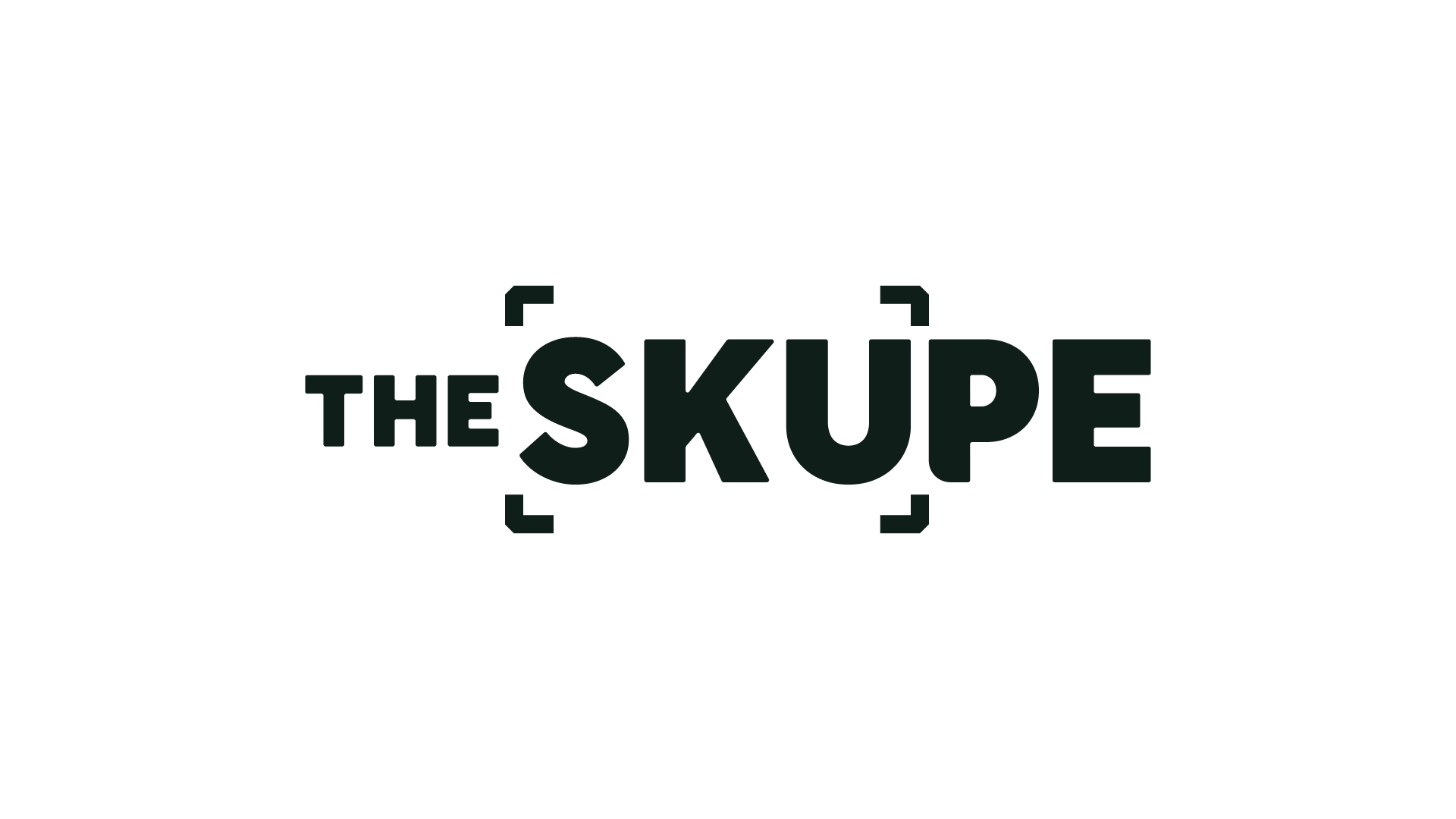Scaling beach style
Plus: Shopify bets on stores | Retailers rethink cybersecurity

Are brick-and-mortar stores back? You bet your bottom dollar they are. Even e-comm giant Shopify thinks so. This week, we’ll take a closer look at Miami’s retail store innovators, along with best merchandising practices and other things that keep customers coming back, like good PDPs and a feature that lets you see exactly how much fits into your purse. And as summer heats up, Cuban designer Luli Hanimian talks about how swim and resortwear brand Luli Fama has grown its U.S. presence. Let’s dive in.

Bagging it. Coach lets you see exactly what fits in their bags.
‘Tis the season. An updated 2025 fashion trade show calendar.
Gold standard. Tatcha taps Olympic gymnast Suni Lee for campaign.
Going north. Florida-based retailer Living With Ivey opens in New York.
Sports, but make it AI. Meta launches Oakley-branded AI glasses.

How Luli Fama brought Latin sizzle to the U.S. swim market
Born in Cuba and raised in Miami, designer Luli Hanimian has always been inspired by the beach. Along with her brother-in-law Augusto Hanimian, she founded Luli Fama nearly 30 years ago and has developed it into a leading luxury swim and resort brand with hundreds of wholesale accounts worldwide and fans including Lady Gaga and Camila Cabello. Here, she shares how she’s growing their retail presence in South Florida and helping emerging swim labels develop, too. –Marcy Medina
How would you describe your customer?
The “Luli Babe” is a fashion queen, effortlessly setting trends and turning heads wherever she goes. She’s bold in her choices, unafraid to stand out, mix prints, rock daring cuts and own every room she steps into. She’s unstoppable, chasing her dreams, curating her life with passion, and living unapologetically on her own terms. Above all, she’s secure in herself—her confidence radiates from within, and she wears every piece like it was made just for her. She’s the embodiment of fearless femininity and elevated beachside glamour.
How did you first enter the U.S. market?
Originally, we started by bringing Augusto’s aunt’s collections to the U.S.—she was a swimwear designer in Argentina and her collection was completely different than what was available in the U.S. market at the time. In those days, the fashion in swim was very limited and very inexpensive. Neons and full-cut bottoms were the only trends. We brought skimpy, sexy-back bottoms with European fabrics and sophisticated prints with a more elevated quality and fit to the market.
What kind of brand experience do you try to create with your retail stores? What are your fastest growing markets in the U.S.?
Our retail stores are designed to fully embody the Luli Fama brand experience, offering much more than just products. We provide a personalized and memorable shopping journey. Our in-store representatives are deeply passionate and highly knowledgeable, committed to guiding each customer in finding the perfect fit and sharing the essence of what it means to be a Luli Babe.
We are currently focusing our expansion efforts in our beloved South Florida, a region that has consistently shown remarkable growth over the past 20 years, with particularly significant development in the last five. We currently have four boutiques here and the market continues to be an integral part of our brand's success and community presence.
What advice would you give other brands trying to get into the U.S. market?
We recommend that they focus on all aspects of the brand-building process to ensure a comprehensive and sustainable approach. It is essential to develop innovative, well-conceived designs that not only present a strong creative vision but also maintain their intended fit and quality through production. We often see emerging designers with exceptional creativity; however, without proper attention to fit and construction during manufacturing, even the most impressive designs may not achieve long-term success.
At Luli Fama, we take great pride in owning and operating our own factory in Colombia, which is dedicated exclusively to producing our brand. Recently, we have also extended our expertise to support smaller brands, offering them the benefit of our extensive knowledge and experience to help them develop and manufacture high-quality products that preserve both the design integrity and the fit as originally intended.

This store designer creates retail spaces as places to connect
Egyptian-Ecuadorian architectural designer Nora Gharib, founder of Miami’s Gharib Studio, helps digital native brands like Little Words Project and Basquet realize their brick-and-mortar dreams. She considers physical stores a “third space” to gather between home and work, where brands can market to customers and create connections IRL. Gharib noticed that digital native brands were building communities online and sought “to translate that kind of intimacy into a physical space.”
Why this matters: While many brands see a physical store as another billboard as well as a place for commerce, Gharib and other architects are designing with more intention. "It's less about traditional retail and more about creating spaces that reflect the emotional life of a brand,” she says. (Creative Boom)
Just Curio: Miami boutique makes shopping IRL exciting again
Curio, a multi-brand concept store in Miami Beach’s Faena District, is rewriting the experiential shopping playbook. Founded by retail veterans Danielle Licata and Jeff Lasota, Curio aims to be a cultural hub where shoppers can discover fashion, meet new designers and find their own creative inspiration. It makes sense, since Licata was once president of the fashion trade show Coterie, where buyers did just that.
Why this matters: Anyone with experience fostering human connections—either in person or virtually—should apply those principles to retail. Miami courts sports, art, fashion and music, so the synergies abound, but the takeaway is leaning into your city’s local community and what makes them tick. (Forbes)

Goop expands its retail empire with 7th store
Amazon makes premium beauty play to offset Prime Day tariffs
Off-price retailers taking market share from department stores
Nordstrom Local lands in Brooklyn’s Williamsburg
PDPs and other things that keep customers coming back

Why your retail display may be costing you and 7 ways to fix it
Helen Coquin is a licensed esthetician and a retailer. As owner of The Skin Bar by Chic MD, she shares her merchandising expertise in this column for American Spa. First, curate your shelves. Then group with purpose and pay attention to size, shape and color. Invest in good lighting, make products accessible and show prices. Finally, skip the sale signs and offer testers and helpful solutions instead.
“Retail isn’t about having ‘extra’ product sitting around. It’s about reinforcing trust, creating visual interest and helping the client say ‘yes’ without pressure. Your shelf is a silent salesperson—but only if you set it up with intention." - Helen Coquin, owner of The Skin Bar by Chic MD
Why this matters: In physical stores and online, how you display your product is the key to selling it. With small-footprint, SKU-heavy categories like beauty and skincare, that becomes even more important, but retailers in any category can learn from Coquin’s tips. Read her full column here.

What retailers can do to ward off cyberattacks
Marks & Spencer, Harrods, Victoria’s Secret and The North Face have all been hit by recent cyberattacks that disrupted business for days. It’s a wake-up call for retailers to get serious about cybersecurity. One expert advises integrating security solutions into your operations and aligning them with your business goals. Prioritize cybersecurity awareness across all levels of the workforce, including regular training, red-team exercises and simulated phishing campaigns that help employees recognize threats in real-world scenarios. Patch and update systems regularly. And segment your network like you would your shop floor.
Why this matters: It’s the new cost of doing business, and if you build it into your budget and revenue goals and daily operations, security can become a competitive advantage, not just a reactive fix. (Tech Radar Pro)





Comments ()